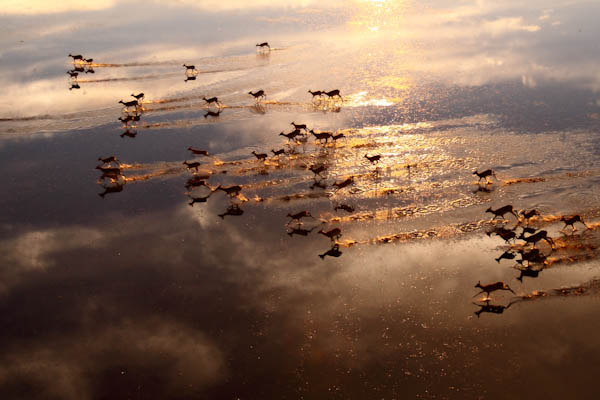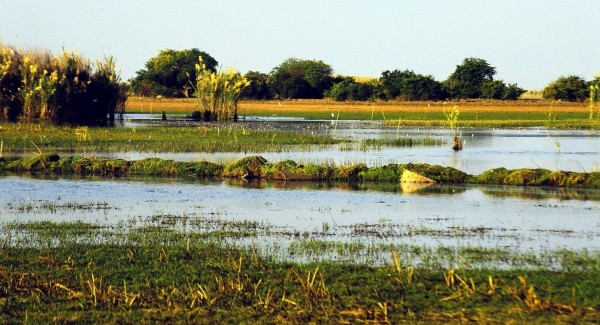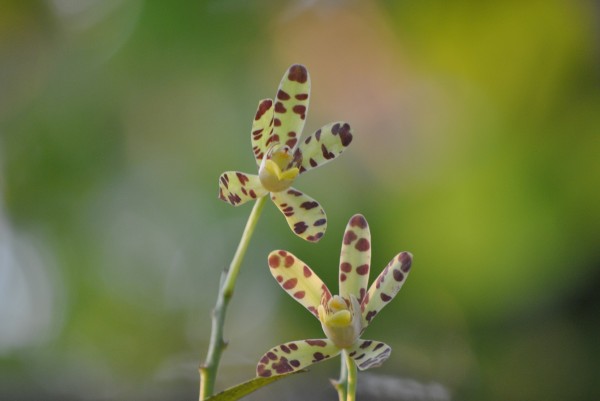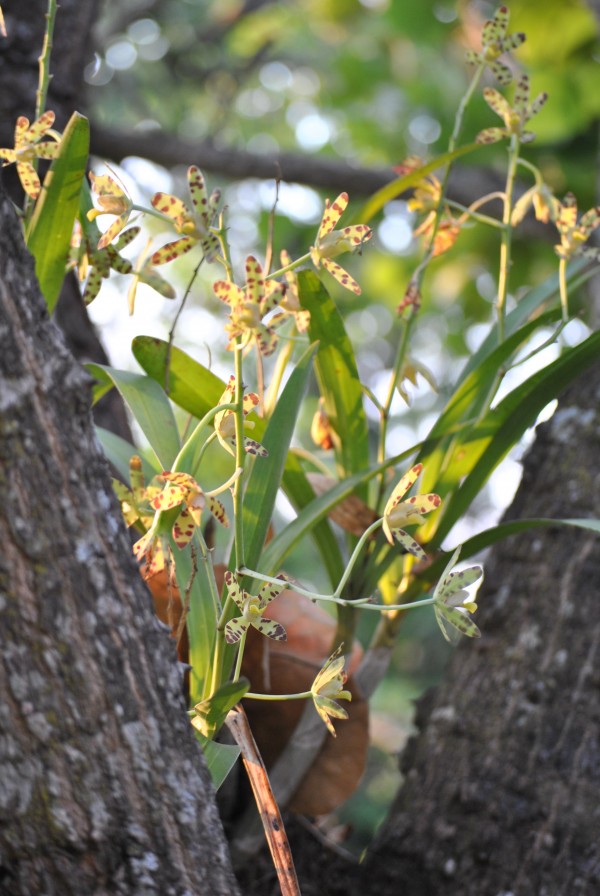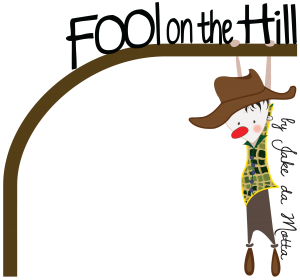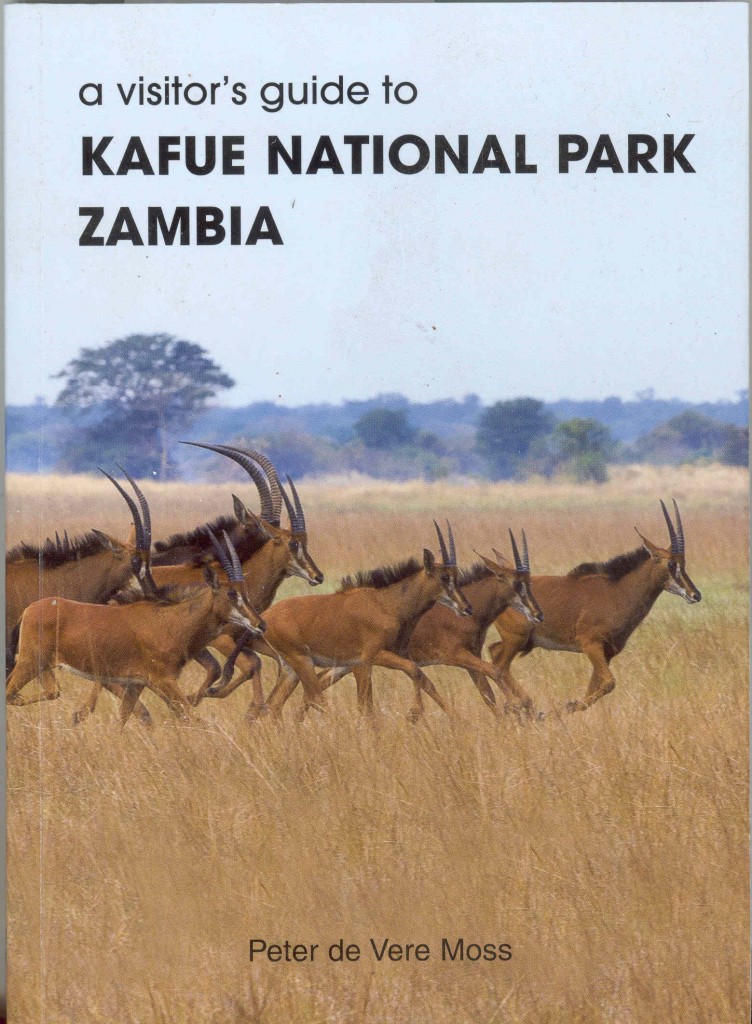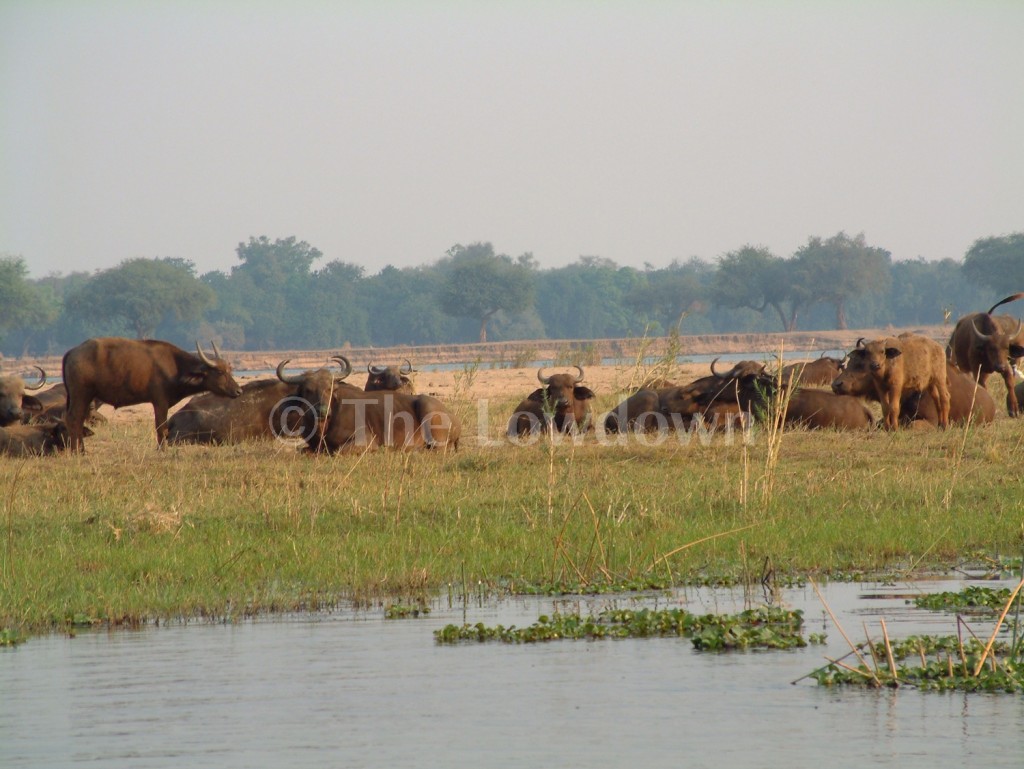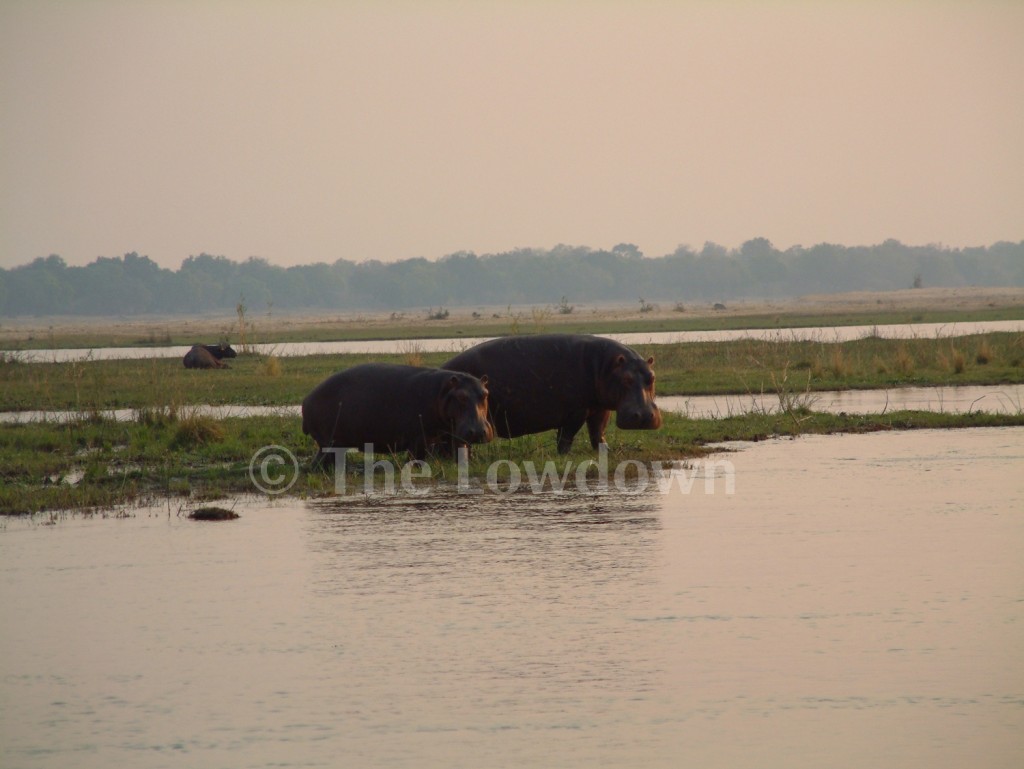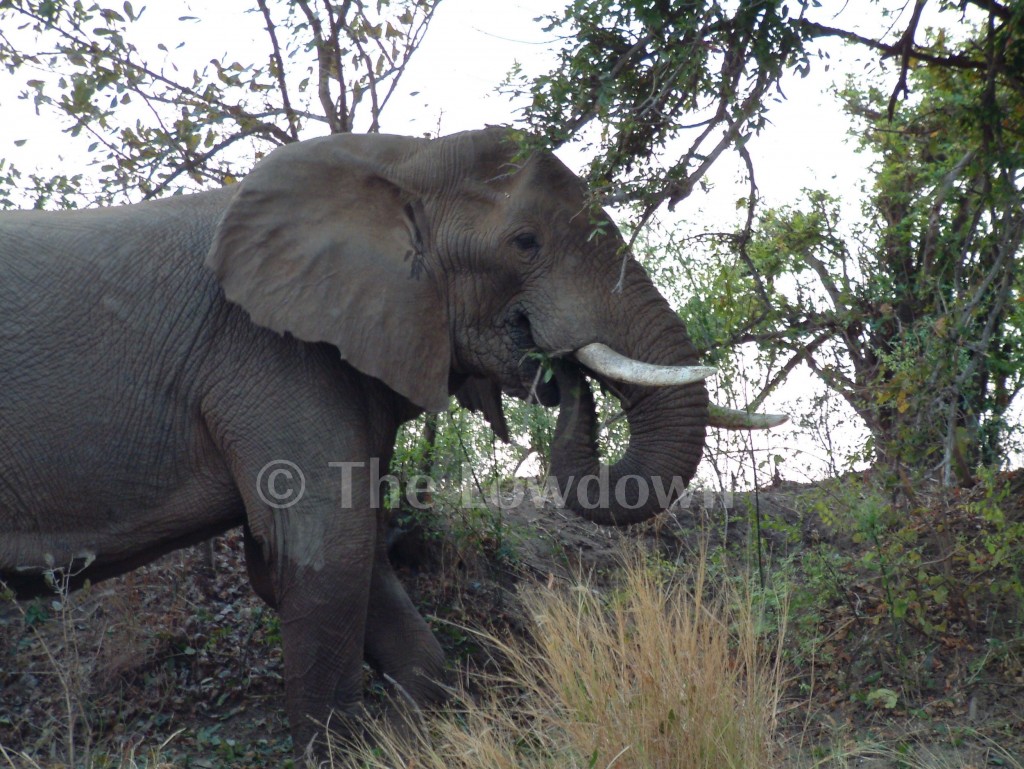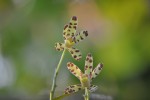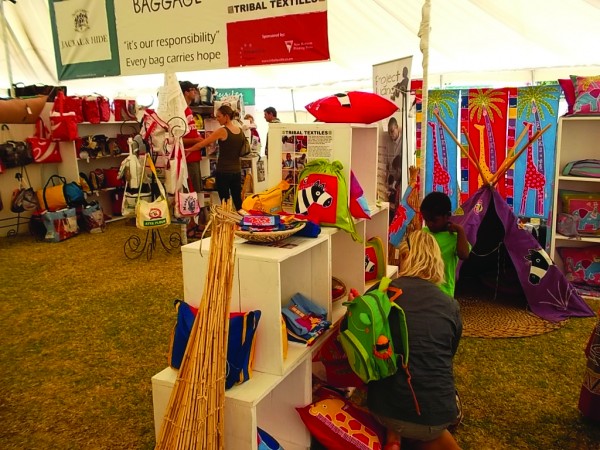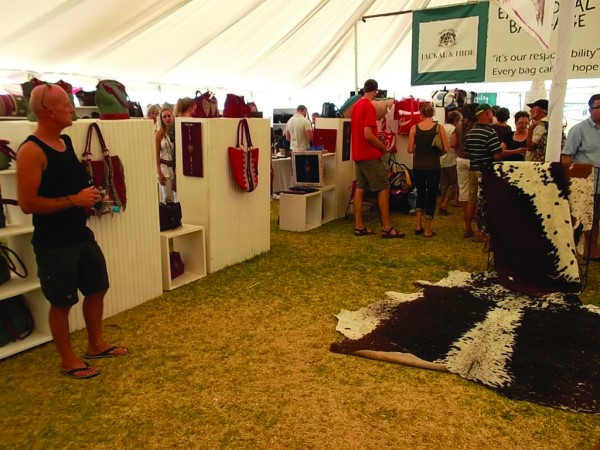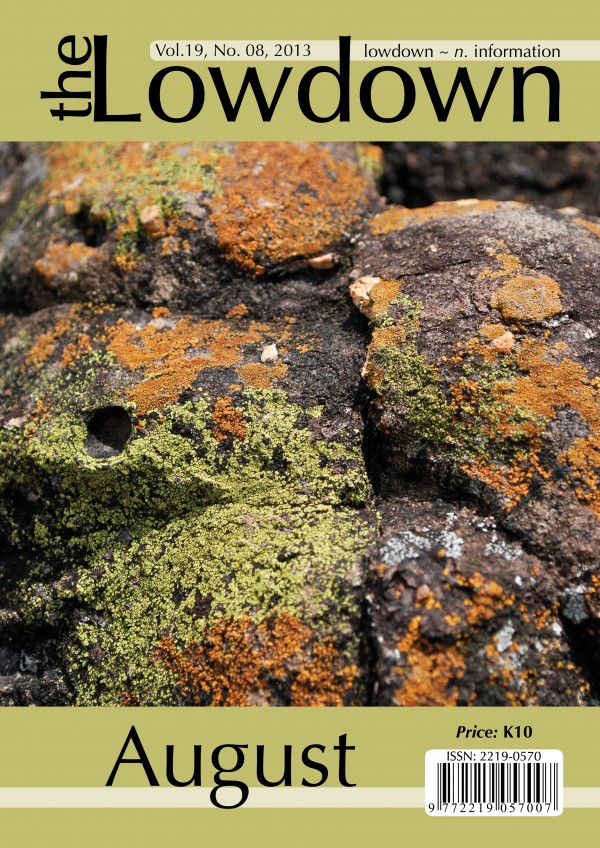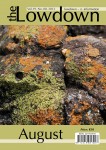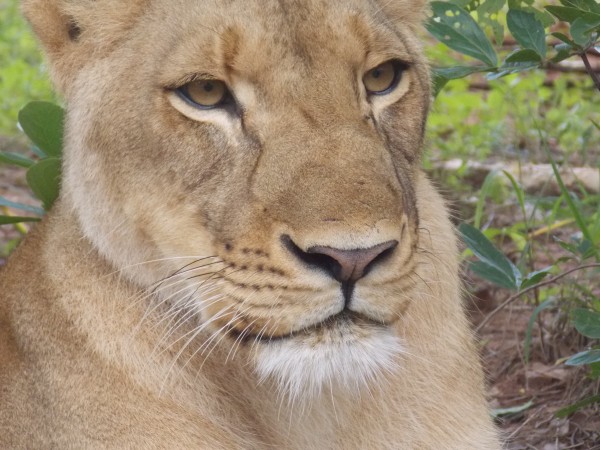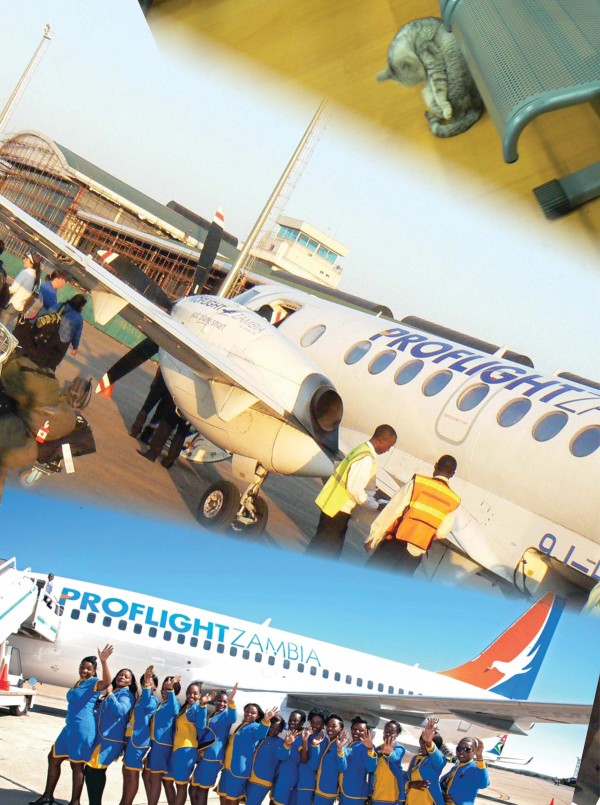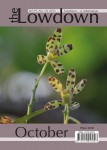 The Bangweulu Wetlands is the only place in Africa where the black lechwe still occurs in significant numbers with the population is estimated to be 75,000 strong. The wetlands also support a population of sitatunga and tsessebe. Bangweulu is classified as an Important Bird Area by Birdlife International and the Chikuni area was designated a Ramsar wetland of international importance in 1991. Bangweulu is especially well known as a stronghold of the enigmatic Shoebill Stork and a large population of Wattled Crane. The wetland system supports a large fish population upon which the local communities are heavily dependant for their livelihood.
The Bangweulu Wetlands is the only place in Africa where the black lechwe still occurs in significant numbers with the population is estimated to be 75,000 strong. The wetlands also support a population of sitatunga and tsessebe. Bangweulu is classified as an Important Bird Area by Birdlife International and the Chikuni area was designated a Ramsar wetland of international importance in 1991. Bangweulu is especially well known as a stronghold of the enigmatic Shoebill Stork and a large population of Wattled Crane. The wetland system supports a large fish population upon which the local communities are heavily dependant for their livelihood.
The Bangweulu Wetlands Management Board (BWMB) is a Public Private Partnership comprising African Parks Network, Zambia Wildlife Authority (ZAWA) and six CRBs which manages the proposed Chikuni Community Partnership Park and the Bangweulu GMA. The Bangweulu Wetlands project area covers approximately 6,000 sq km. This project is a demonstration site for the UNDP REMNPAS project which, together with Government and partners, aims to develop this as a new model for the management of community wildlife resource areas.
The responsibilities of the Bangweulu Wetlands Board include park management, infrastructure development, ecological monitoring, law enforcement, community development and revenue generation (including both hunting and tourism). According to project agreements all revenues generated in the project area remain in the project area to cover the costs of its professional management. Revenues are split between the Bangweulu Wetlands Management Board, the six CRB’s and Chiefs and ZAWA.
The fulfilment of these responsibilities is the responsibility of a competent and diverse management team which is located at the project headquarters. This team is supported by African Parks head office. African Parks is a non-profit organisation that takes on direct responsibility for the rehabilitation and long-term management of parks, in partnership with governments and local communities. By adopting a business approach to conservation, supported by donor funding, it aims to make each park sustainable in the long-term, thereby contributing to economic development and poverty alleviation. It currently manages seven parks in six countries – Chad, Congo, DRC, Malawi, Rwanda and Zambia – with a combined area of 4.1 million hectares. African Parks has no vested financial interests in Bangweulu Wetlands, with all income remaining in the Bangweulu Wetlands project within Zambia. To date over $8 million in donor funding has been committed to this important project. However, it is likely that it will take many years for the project to generate the revenue required to cover costs. African Parks have committed to support its development throughout this time assuming that the agreement, signed in good faith, is respected.
The number of permanent employees under the project has grown from 2 in 2008 to about 85, including the line management. Staff from ZAWA and CRBs are seconded to the BWMB. During the construction phase there have been up to 200 additional temporary staff employed and there has been significant skills development amongst the local community. The impact of this project on rural local communities is considerable through the injection of funds into the local economy and the associated multiplier effects.
There has been considerable success towards the rehabilitation of the area and the development of a wildlife based economy that benefits the local community directly. A total of 65 law enforcement personnel are operational and have been issued with uniforms and patrol equipment necessary for their efficiency. In the last year 144 suspects have been arrested and 2.8 tonnes of bush meat, 29 firearms and other hunting equipment have been confiscated. A full review of the law enforcement effort was undertaken in 2011 in order to ensure further effectiveness and efficiency and its findings are being implemented. A light aircraft has been loaned to the project by African Parks and is adding great value to law enforcement and monitoring operations.
Infrastructural developments since 2008 have been considerable. The headquarters at Nkondo were completed including a six tent visitor’s camp which has good tourism potential, a workshop and offices. Four management houses have been built and the water reticulation and electric systems installed. Eighteen Scout houses and an office have been renovated at Chiunda Ponde and eight additional scout houses and storeroom constructed there. At Kopa, there were eleven new scout houses constructed as well as an office. At Chikuni, one office was renovated and old buildings demolished. Work on the dirt road from Mpika was conducted allowing all season access to Nkondo. Two bridges and a series of culverts were constructed between Chiunda Ponde and Chikuni. The permanent bridge over the Lukulu is now complete which allows better access to the prime hunting area. The Makanga Hunting Camp has been opened and taken its first guests with very positive reviews.
A dynamic community team is in place consisting of a Community Coordinator who oversees three Community Development Facilitators (CDFs). The Board and CRBs play an active role in the development of the community component of the project. Community infrastructure projects including clinic buildings, health posts and school infrastructure have been supported. Various stakeholder meetings have been conducted on the sharing of benefits, fishing issues, information sharing and planning.
Research to gather scientific data on the important Shoebill is being undertaken as is research into the conservation and sustainable utilisation of the freshwater fishes of the Bangweulu Wetlands. Two aerial large mammal surveys have been conducted since the project inception with a further one planned for 2013. These surveys have given a good indication of wildlife numbers and seasonal distributions. The most recent estimate for Black Lechwe is 75,000 animals. Data from these surveys were used to set the hunting quotas for 2012 and 2013. These quotas are based on scientific data and are not determined by commercial interests – it is critical that the hunting operation does not erode the wildlife base upon which it depends.
BWMB is a model governance mechanism combining local communities, ZAWA and a professional management partner (APN) that can bring the donor funding and expertise necessary for success. Key to the success of the project is the development of income streams from tourism and hunting.
The African Parks staff at this project wish it to remain on a positive trajectory towards sustainability with the full support of the Government of Zambia and Zambia’s citizens.
